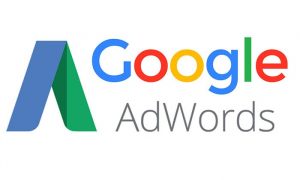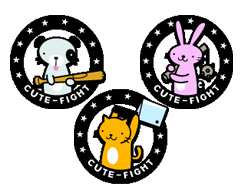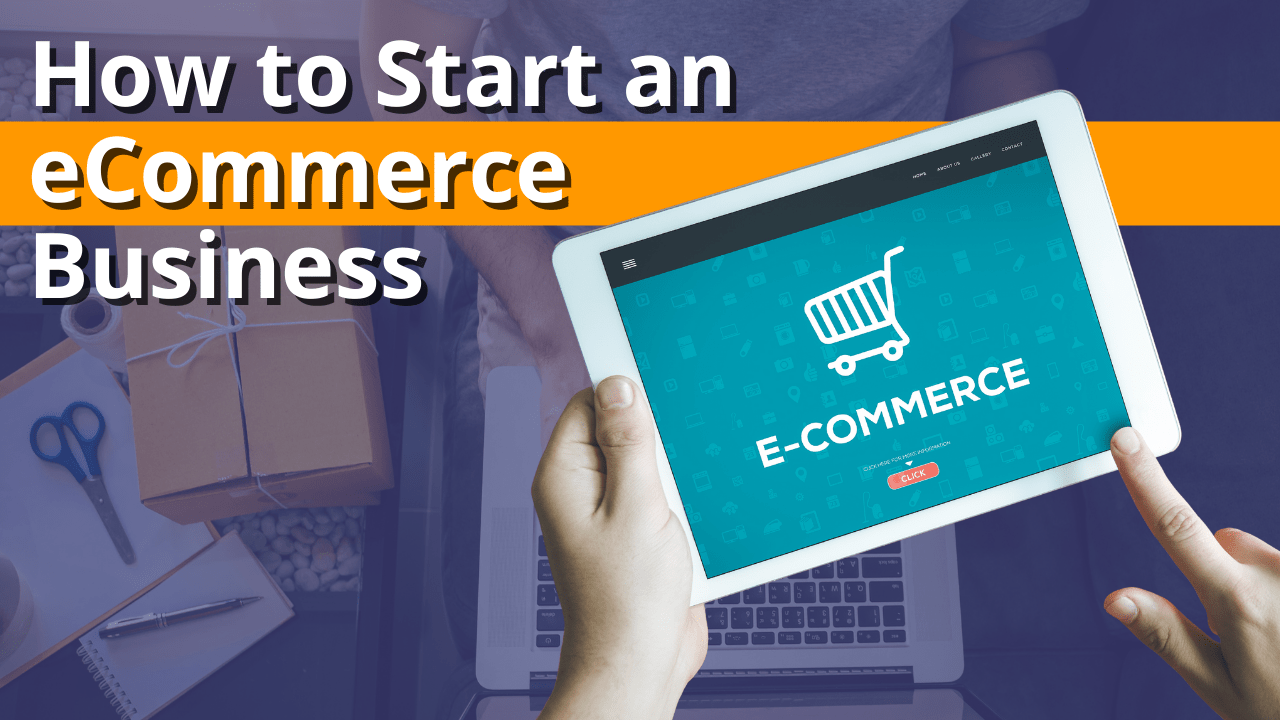What is Lead Generation?
A lead is someone who has indicated an interest in your product or service. The lead generation process can happen by filling out a form and giving you their contact details, but it’s also possible to go through other methods like social media advertising if need be!
To make a sale, you need to start with leads. Lead generation is the process of attracting potential customers into your marketing software system and nurturing them until they are ready for purchase-and then converting these prospects into buyers!
Why Is Lead Generation Important for Your Businesses?
Lead generation is the lifeblood of any business because, without it, there would be no revenue and therefore little opportunity for growth.
When done well, lead generation can nurture qualified prospects from tentative interest all the way to your customers and ambassadors. What should be a large percentage of organizational goals focus on this type of goal; it’s an important part if you want successful organizations with loyal followers who will advertise their brand for them in any situation!
How can you do lead generation on AdWords to produce profitable leads with a lower cost-per-acquisition (CPA)? When it comes to the eCommerce industry, that’s the primary objective for everybody.
There’s a common expectation in this industry to provide improved SEO authority, increased ranking for eCommerce, and increased conversion rates, at an optimal CPA, with $100 leads.
So what is the best way to organize lead generation for service-based businesses and B2B eCommerce companies?
Best Ways To Generate Leads
Set up a Google-friendly landing page
Google has cracked down on advertisers who do not meet its standards, disabling 780 million ads in 2015 alone. All these policy violations might have been due to bad landing pages but Google’s willingness speaks volumes about how serious they are when it comes to online marketing and advertising fraudulence.
Two things you need to be careful about when advertising with Google are:
- the landing page experience
- Google site policies
When it comes down to these two factors, both of which can affect your ability for approval by google if not taken care of in advance then all may go up in smoke!
A landing page is an important part of any marketing campaign because it directly influences how people will interact with your brand. A good experience on the web can help you capture more customers, but a bad design could deter potential clients in their tracks!
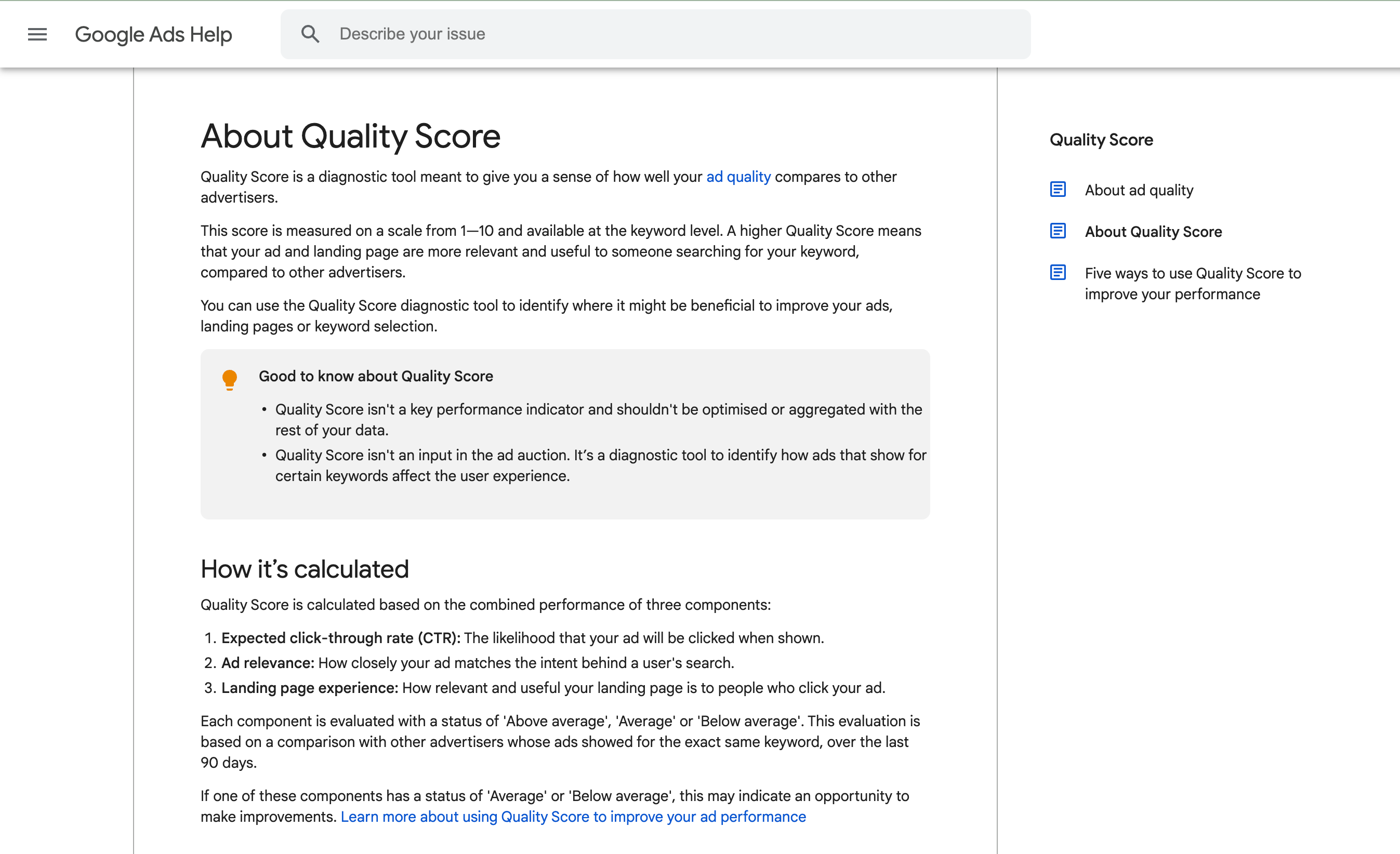
On Your Landing Page:
–Every offer needs to have a clear explanation of what it is, and why you are offering this service. You can’t just provide some bullet points with no further information for the potential customer. It would be best if they had an idea about their purchase beforehand so that way there won’t be any confusion when purchasing from your store in future times as well.
-In terms of making it easy for people to contact you, make sure that you display an email address, and even a phone number, on your landing page.
-You also need to make sure that a navigation bar is present and easily accessible. Links in the footer of your site will take users directly to important pages like Terms and Conditions or privacy policy, which can help protect you from legal action if they’re unclear about their rights on your website.
–Page speed is a crucial ranking factor and can have dramatic effects on your site’s rankings. Fortunately, Google provides a PageSpeed Insights tool that will give you insight into how to optimize page loading time for a better browsing experience by analyzing each individual component of it in just seconds!

Advertising your Landing Page
The wonderful thing about AdWords is that it provides you the opportunity to advertise on YouTube, Google Display Network, and Search Network. With this feature, there are many ways in which your campaigns can be targeted so as they reach out to certain audiences who might find them interesting or helpful for their needs.
While there are many networks that you can use to promote your campaign, one will likely work better than the other. When finding which network is right for you and achieving great results with it 64% of people click on Google Ads when ready to buy!
Improving Performance Over Time
It’s not enough to have the right keywords or ad copy in your ads. You also need a plan for how long they will be live, and what dayparting strategy works best with that timeframe
A good example is using Social Media Marketing (SMM) as an extension of AdWords campaigns by scheduling posts on Facebook at specific times throughout weekdays between Monday-Friday during off-peak hours when engagement rates are highest compared with weekends where users prefer longer-form content anyway – this way I can optimize both types of traffic simultaneously without having two separate social media accounts!
Experiment with different types of targeting to find the best way for your ads. Experimenting with networks is important too! Try Google AdWords’ keyword-targeting, or switch up that display campaign by seeing if you can get better results when using topics and interests in addition to keywords?
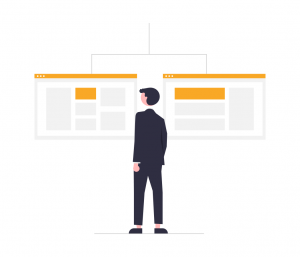
Split testing is a great way to keep your ads on point and ensure that they’re always top-notch. This means not only crafting the best possible variation but also making tweaks like adding commas in order to achieve peak performance! Perry Marshall found one such tweak: comma addition improved CTRs by 0.28%.
Not much in the short term but it adds up over time. It’s worth mentioning that you should always double down on a campaign if its delivering results because online advertising can sometimes be fickle and we never know how long an effective ad campaign lasts for any site or platform so don’t let your initial investment go to waste by spending less once things start going well!
Do Research Based on Your Location
You don’t want to jump in unprepared, knowing nothing about the industry for which you’re trying to do AdWords. You must do your keyword research and prepare your keyword planner.
You must research what cost-per-click (CPC) rates are out there, and what bids you should be seeing. Finally, you should see what volume is out there, as well.
Keep in mind that lead generation research varies from industry to industry. Attorneys, for example, will have different concerns than crafts supply retailers.
Devise a Strategy for Entering the Market
For lead generation, it can be quite challenging to launch your campaigns correctly and hit your target CPA. At Optimum7, we’re pretty organized.
We have a sales force, a customer relationship management (CRM) strategy, and we’re tracking every single lead. We know that, if we get a lead, and it converts into a sale, then we have the whole nurture cycle ready on the backend.
Unfortunately, too many businesses don’t have this structure.
With AdWords, How Do You Know You’re Making Money?
Many eCommerce businesses don’t even know if they’ve made money off of their AdWords campaign or not. How can digital marketing specialists approach this challenge?
To solve this, you’re going to need to build out the strategy for the customer. They’ll need all of the components, such as a CRM, to do that.
Google Analytics is a huge thing that can track the basics on the website, as well. So if you’re running ads, and customers are funneled to a landing page or a website, you want to capture all that data.
Because all of that data is very powerful. You could use it to build other campaigns or leverage them for additional CPA on other campaigns.
Target a Bottom Funnel Lead
A bottom-funnel lead is somebody who is close to converting to a sale. For example, if a client contacts an eCommerce developer and wants to migrate from BigCommerce to Shopify. That lead could be a $20,000 to $100,000 sale for BigCommerce development specialists.
Use the Email Opt-In as a Lead Magnet
However, most people aren’t ready to make that decision. So, even though you want that primary call-to-action (CTA) – which is the lead form submission – you should be just as motivated if somebody lands on your page. Give them a lead magnet as an email opt-in to get the cycle started there.
AdWords is Built to Drive People to Websites
What is the difference, in terms of strategy and results on AdWords, between targeting a bottom-funnel lead and a lead magnet submission?
How do you decide which strategy to use?
There are two kinds of customers that are going to come to you: valuable ones and not valuable ones. However, remember that the goal of AdWords is to drive everybody to you.
So once you get those people to interact with you, either by calling you or filling out the form, then it’s up to your sales team to actually close the sale. Whether they’re big or small – or anybody – the strategy doesn’t change.
AdWords is driving everybody to you. What will you do with those leads afterward?
Generate Profitable Leads at a Low CPA with Optimum7
At Optimum7, we have the knowledge and experience to implement, manage, and adapt an AdWords strategy to different markets within the eCommerce industry. We conduct thorough research based on the location of our clients, devise a strategy for entering or re-entering the market, and we advise the structural organization that’s conducive to tracking an AdWords campaign.
If AdWords brings everyone to your door, and you need to sort out how to nurture those leads on the backend, then you need a resourceful and collaborative digital marketing agency that can walk you through it. If you want more ideas for generating profitable leads with a lower CPA, then reach out to our team today.

